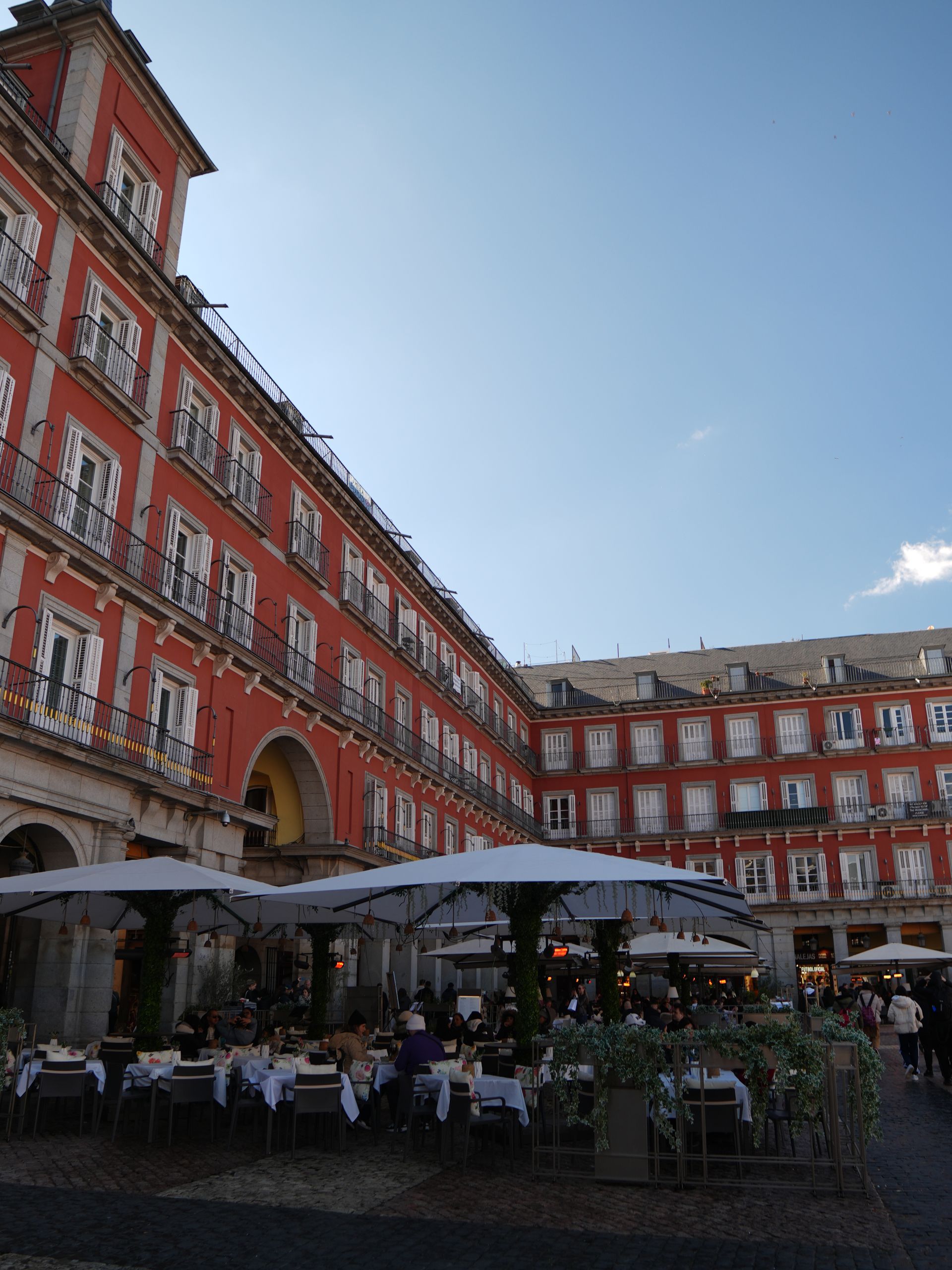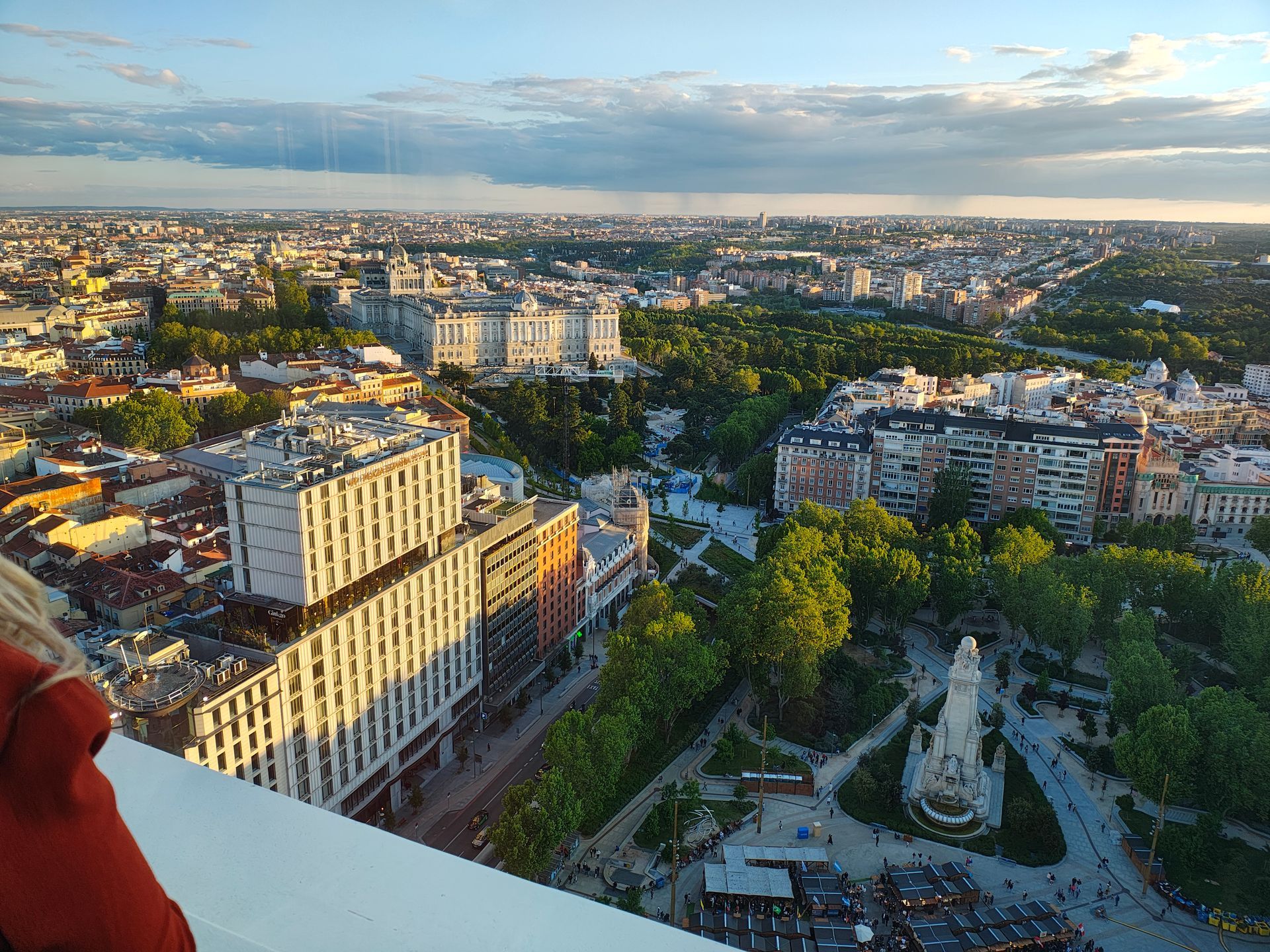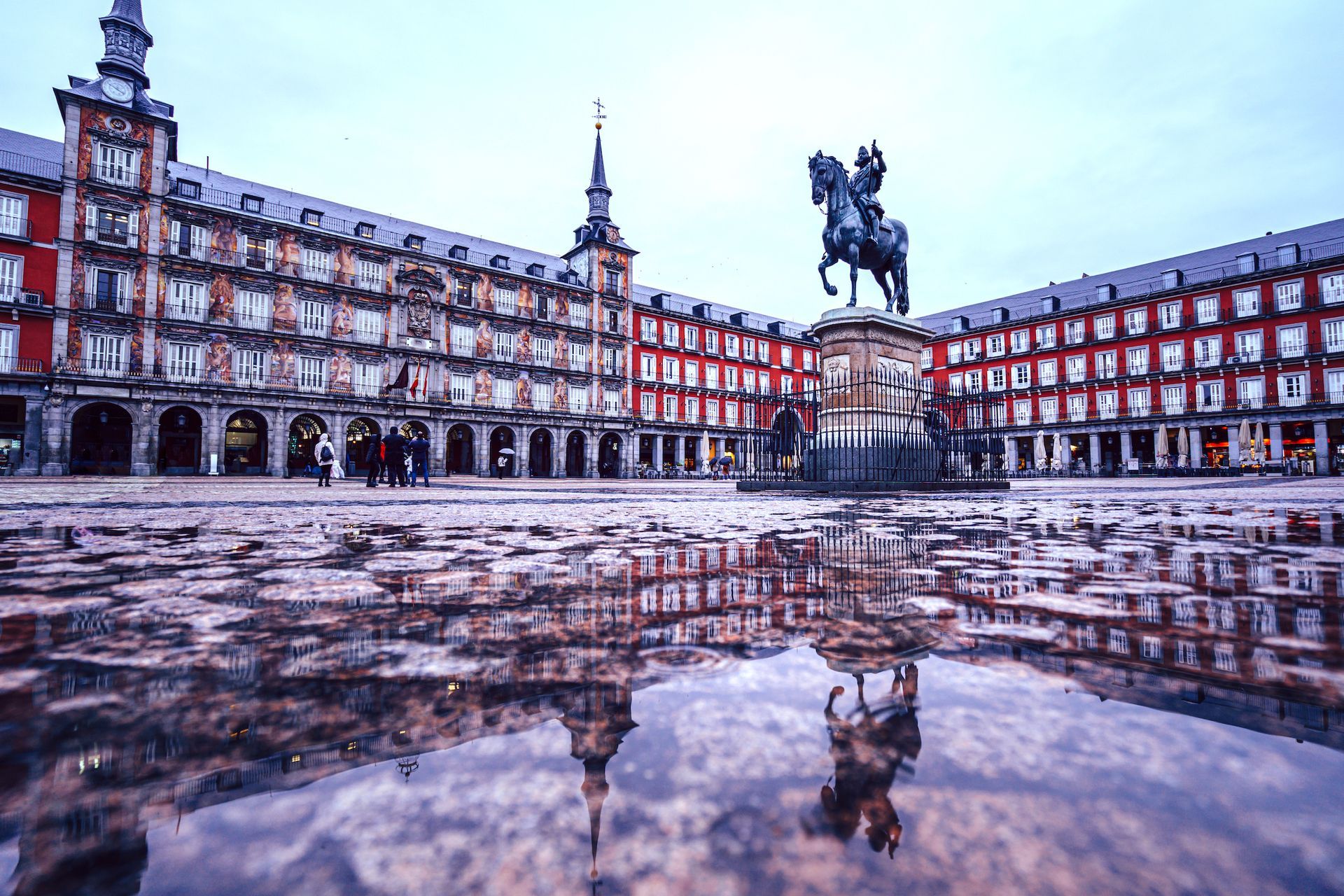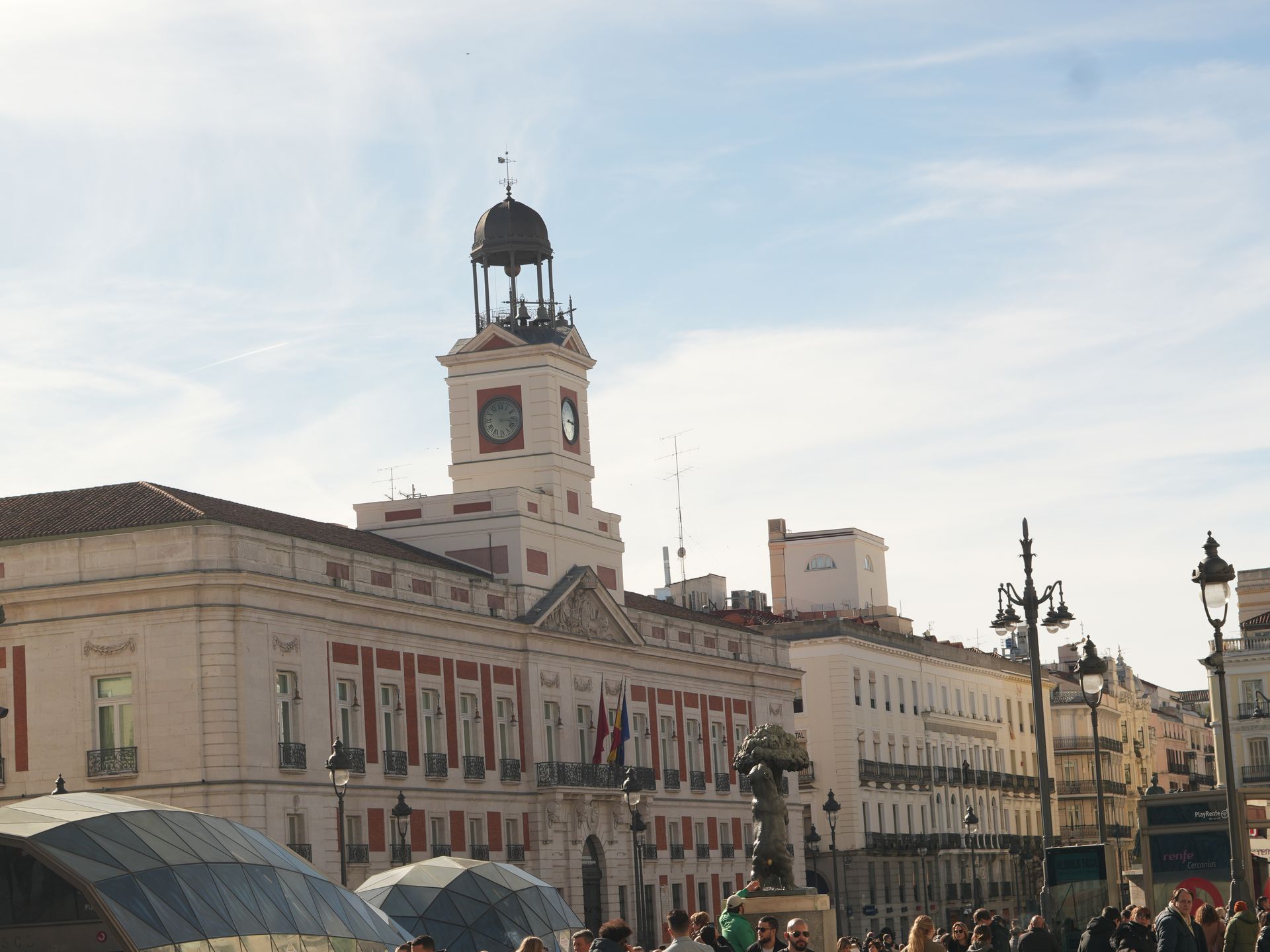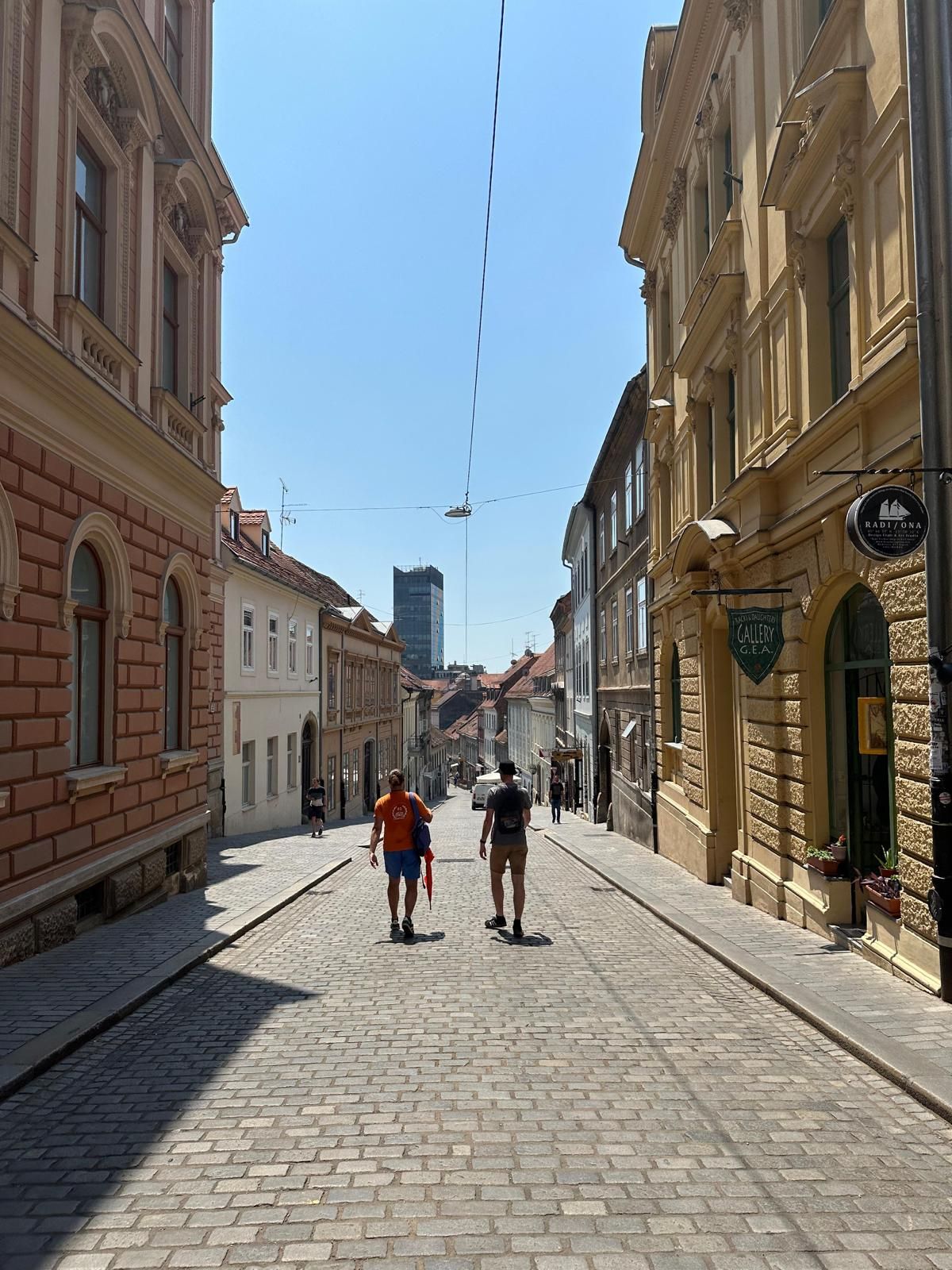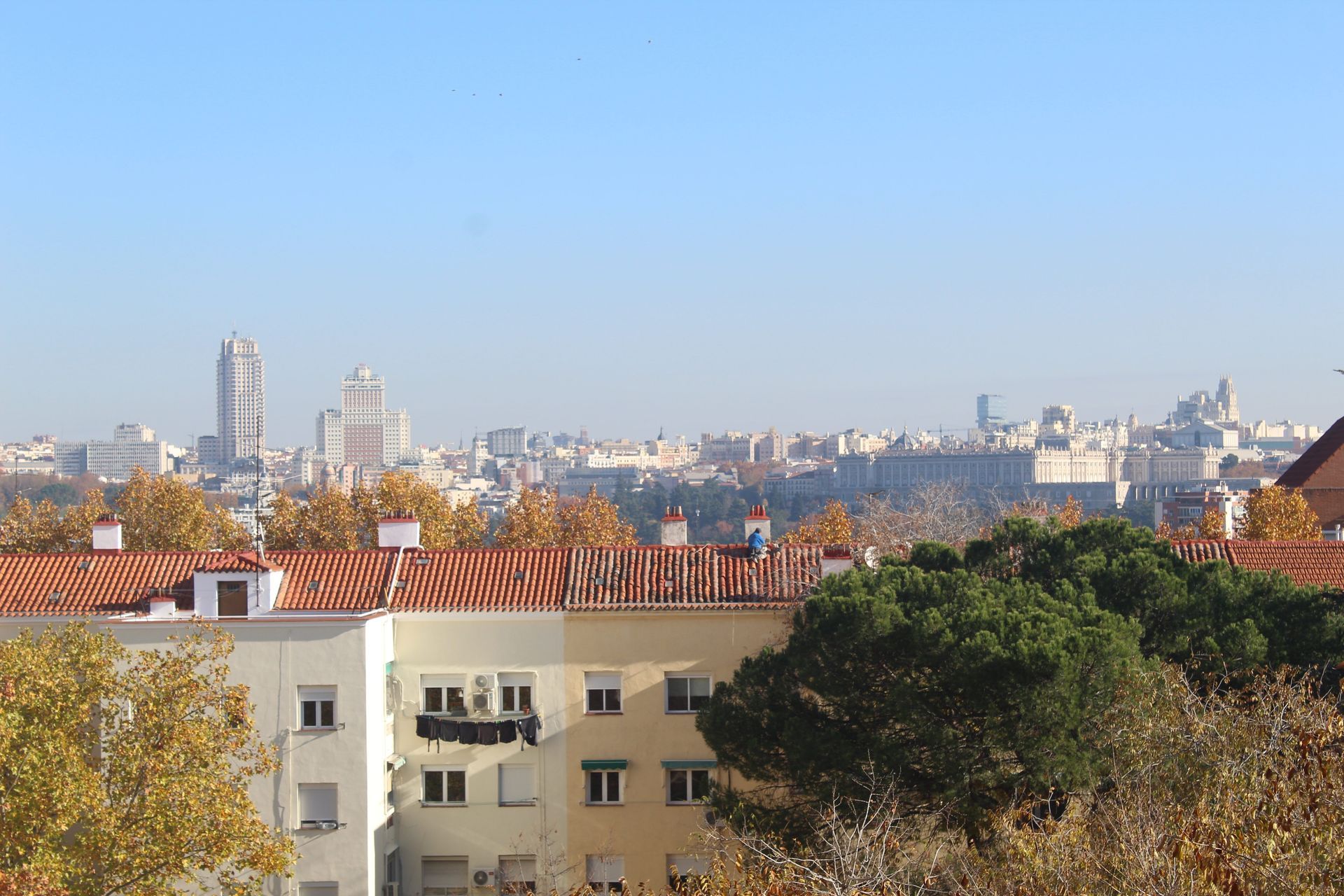Public Transport in Madrid: A Welcome Change from Car-Centric Australia
Madrid truly changed how I perceive public transport!
After living in a car-dependent society like Australia, where driving everywhere is the norm, stepping into Madrid’s public transport system felt like a refreshing breath of fresh air. Madrid, Spain's vibrant capital, is known for its efficient and affordable public transport network, and for someone coming from a place where owning a car is almost a necessity, it was a welcome shift in how I got around the city.
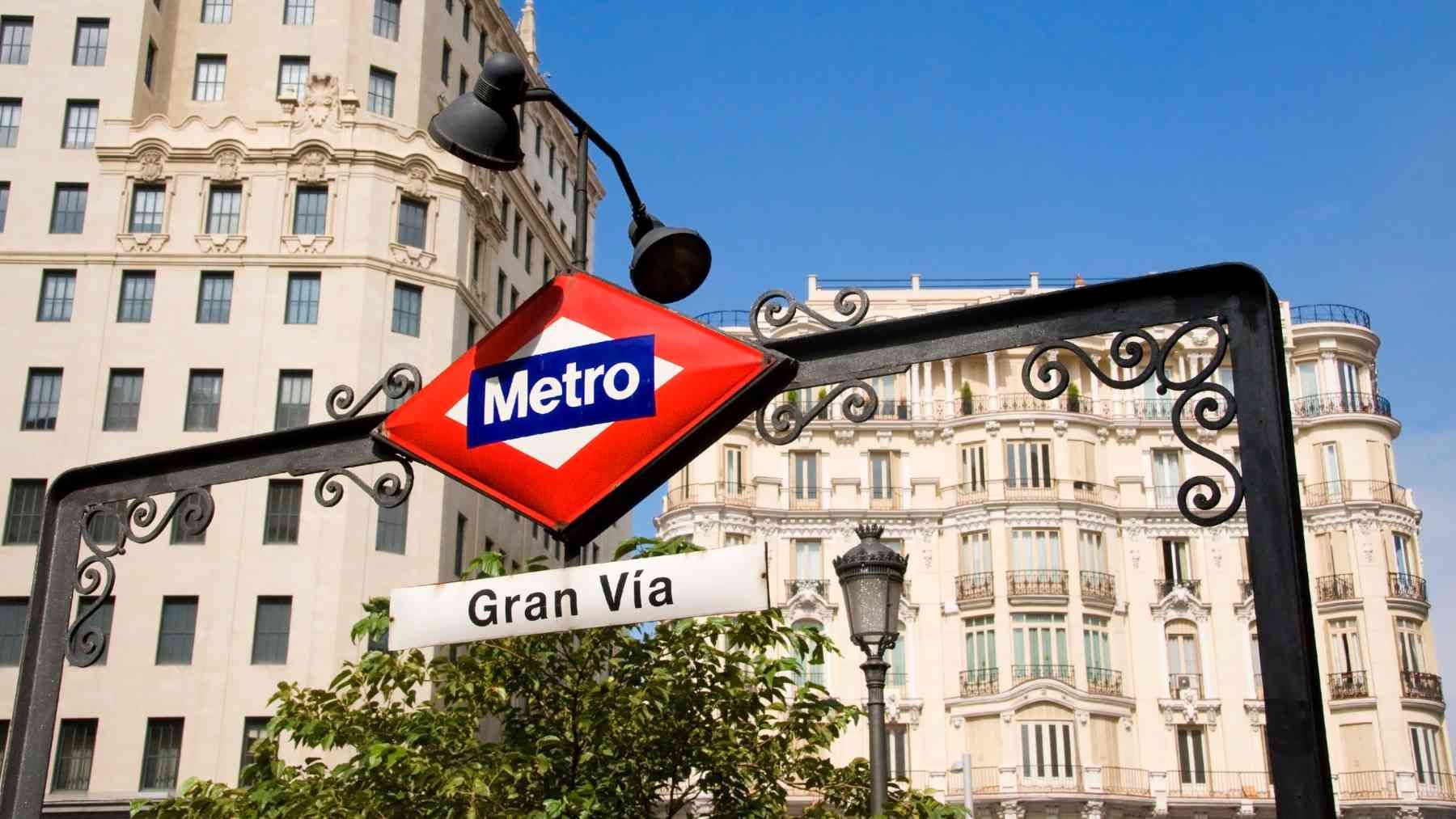
The Ease and Convenience of Madrid’s Public Transport System
One of the most striking aspects of Madrid’s public transport is how easy it is to get anywhere within the city. Unlike Australia, where cars are often the only viable option for medium-distance travel or commuting, Madrid’s public transport network — consisting of metro lines, buses, and trams — makes it possible to navigate the entire city and even the surrounding areas with ease.
I have the freedom to hop on the Metro, jump off at my destination, and continue my journey by bus or tram. With frequent services and extensive routes, I can quickly get to any corner of Madrid, and can even rely on the extensive night bus system to get me home safely, quickly and easily after a night out on the town.
In Australia, even for short trips, driving often feels like a chore. From navigating heavy traffic to hunting for parking spaces, the process can be time-consuming and stressful. In Madrid, on the other hand, getting on the Metro or a bus felt effortless — no worrying about directions or parking, and no need to deal with road rage! And while the system can fill up at peak times, I think it is a small price to pay for such an effective and prompt service.
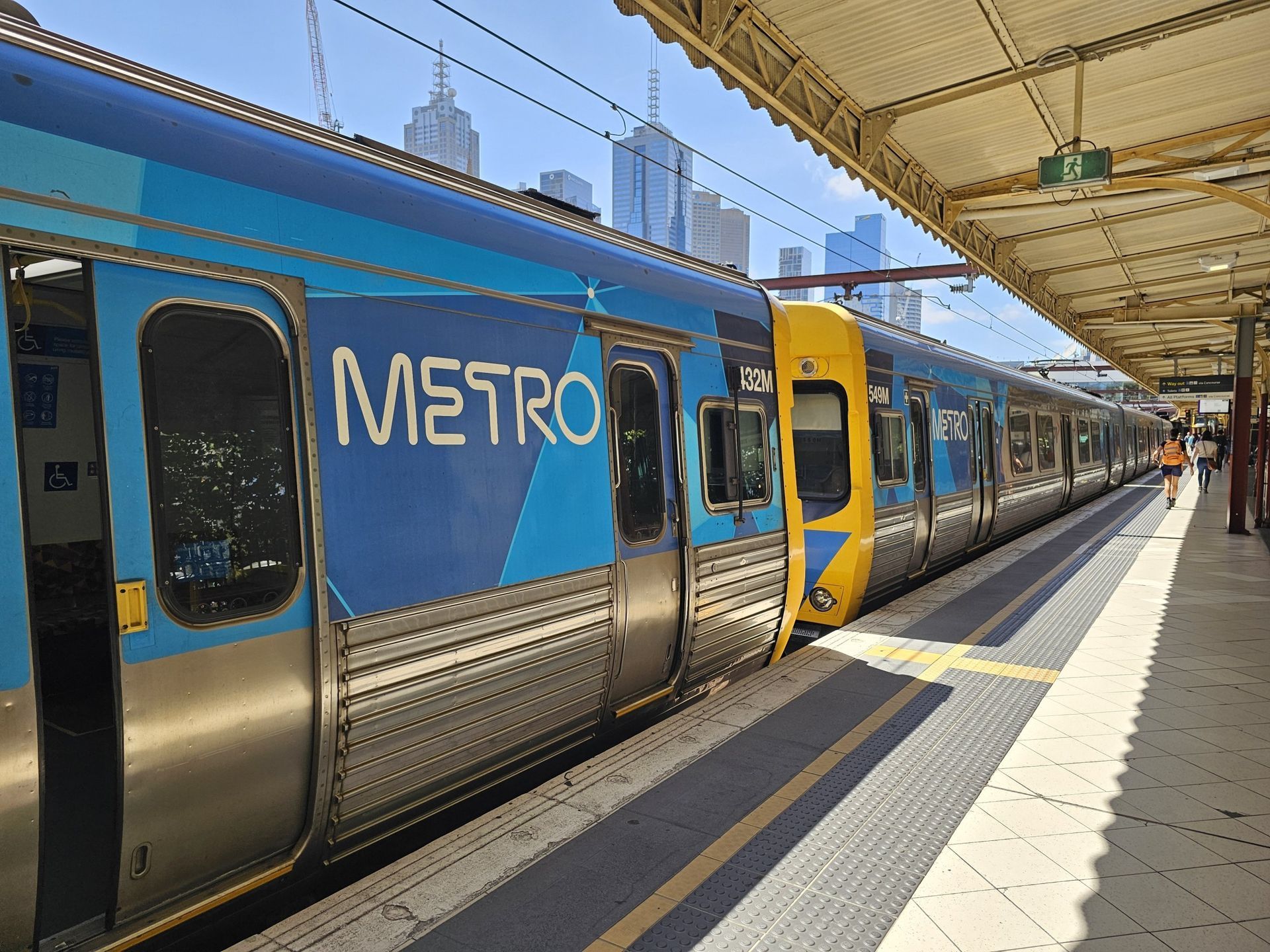
Affordability: Public Transport That Doesn’t Break the Bank
Another major difference I noticed between Madrid and Australia is the affordability of the public transport system. In Australia, owning a car comes with a hefty price tag, from car insurance and maintenance to parking fees and fuel costs. Not to mention, the public transport systems in my city, Melbourne, were exponentially more expensive and less reliable. From memory, a single adult journey on the train cost around AUD $6 (around €3.50). Funnily enough, the public transport authority in Melbourne also calls their trains the “Metro”, despite really being more of a commuter train service and being almost completely above ground.
In Madrid, however, the transport system is incredibly affordable. The cost of a single metro or bus ticket is relatively low at just €1.50 (around AUD$2.40), which is incredibly budget-friendly compared to Australian transport fares. Additionally, Madrid offers a variety of travel passes, including the Abono Transporte, a monthly travel card that provides unlimited travel within certain zones for a fixed price. This card is the go for anyone remaining in Madrid for longer than a month, and was a complete game-changer for me, as it gave me the flexibility to travel freely without worrying about the cost every time I hopped on the metro or bus. For the month, the price for an adult Abono ranges between 21 to 33€ depending on the zone. 21€! For a whole month of travel! Furthermore, if you’re under 26, it’ll only cost you €8 a month! Bargain!
For someone used to the often sky-high costs of car ownership and the limited options for public transport in Australia, this affordability was a revelation. It was possible to travel across the city multiple times a day for a fraction of the price I would pay for petrol, tolls, or parking back home.

Clean, Safe, and Efficient
Beyond the cost and convenience, Madrid's public transport stands out for its cleanliness, safety, and efficiency. The metro system is modern and well-maintained, with frequent trains that run on time, even during rush hour. The trains and buses are clean, with regular staff on hand to ensure everything runs smoothly. I have never once felt unsafe, and the stations themselves are well-organised, with clear signage in both Spanish and English, making navigation simple for tourists and newcomers. The Metro even has an app where clients can report any untidiness, with any reports typically being solved rapidly. Check out this brief article: https://www.comunidad.madrid/noticias/2018/04/02/metro-madrid-resuelve-92-avisos-recibe-traves-su-app-menos-seis-horas
In comparison, whilst the train and bus stations of Melbourne weren’t derelict, they typically would not be classified as clean, and they often might attract some unsavoury characters, especially during the evenings.
The Joy of Leaving the Car Behind
After years of relying on my car for even the simplest errands, it was incredibly liberating to embrace public transport in Madrid. There was no more stress over finding parking or dealing with traffic. I could jump on the metro and relax during my commute, reading a book, checking my phone, or enjoying the buskers that sometimes perform on the metro (although sometimes I'd prefer them to go away). Madrid’s public transport allowed me to reclaim time, offering a more efficient and enjoyable way to experience the city.
Conclusion
For someone from a car-based society like Australia, the ease, affordability, and accessibility of Madrid's public transport system were a pleasant surprise. Whether you're a local or a visitor, being able to hop on the metro, bus, or tram and travel anywhere in the city without breaking the bank or worrying about traffic is one of the many joys of living in Madrid. The city’s public transport system not only makes commuting easier but also embodies a shift toward a more sustainable and convenient way of urban living. In a world where car-centric lifestyles are the norm, Madrid offers a refreshing alternative — and I couldn’t be more grateful for it.
That's all from Tío today!


